Category: Diabetes
-
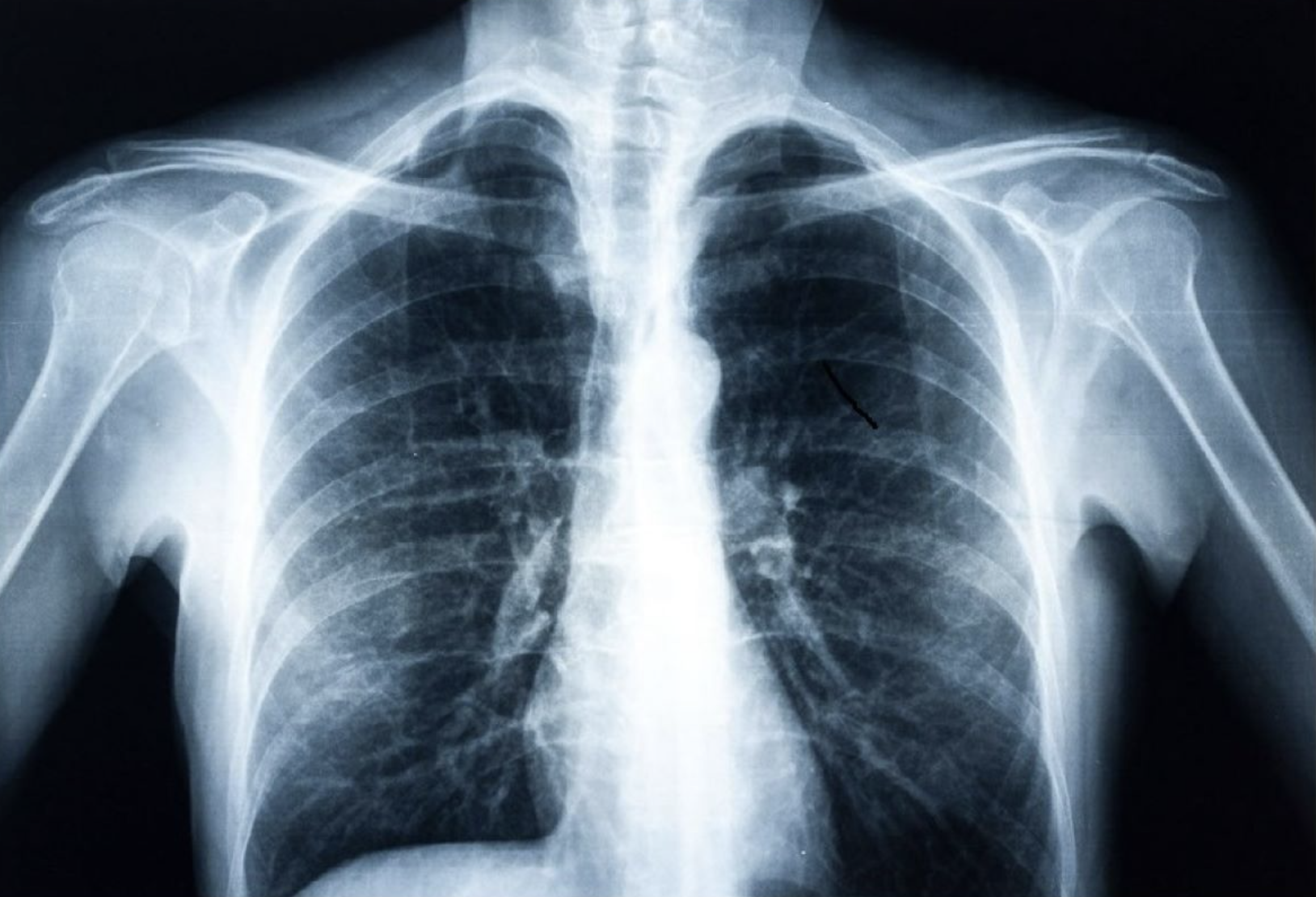
AI detects diabetes from fatty tissue in chest x rays
Judy Wawira Gichoya and Emory colleagues have developed an AI model that detects warning signs for diabetes in x rays collected during routine exams. The signs were also detected in patients who do not meet elevated risk guidelines. Applying deep learning to images and electronic health record data, the model that successfully flagged elevated diabetes risk in a retrospective analysis, often years before patients were…
-
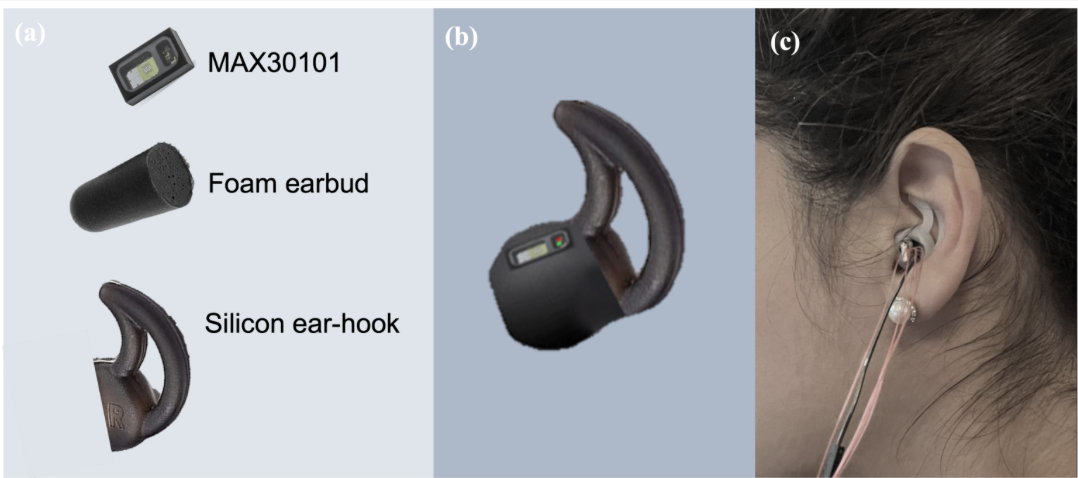
In ear PPG used to measure blood glucose levels in proof of concept study
Danilo Mandic and Imperial College colleagues have developed a novel in-ear PPG device for continuous blood glucose level measurement, using the infrared wavelength of a pulse oximeter. In a recent proof of concept study, non-diabetic, pre-diabetic, type I diabetic, and type II diabetic states were considered. Recordings spanned 9 days, in both fasting and post carbohydrate consumption…
-

Microneedle wearable continuously monitors glucose, lactate, alcohol
UCSD Professor Joe Wang and colleagues have created a multiple biomarker monitor in the form of a painless microneedle patch, which Wang calls a “complete lab on the skin.” Glucose, lactate and alcohol levels are monitored simultaneously, in real time. Microneedles enable the direct sample of interstitial fluid, which provides a similar measure of biochemical…
-
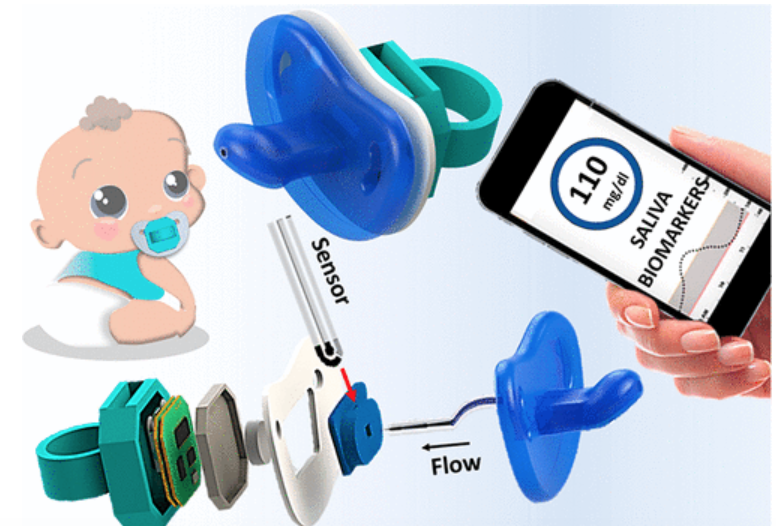
Pacifier sensor detects glucose levels in babies
UCSD’s Joe Wang has developed a soft, flexible, pacifier-based biosensor that continuously monitors glucose levels in saliva to detect diabetes in babies. Until now, continuous glucose monitoring in newborns, available only in major hospitals, requires piercing the infant’s skin to reach interstitial fluid. The team created a proof of concept pacifier where small amounts of saliva…
-
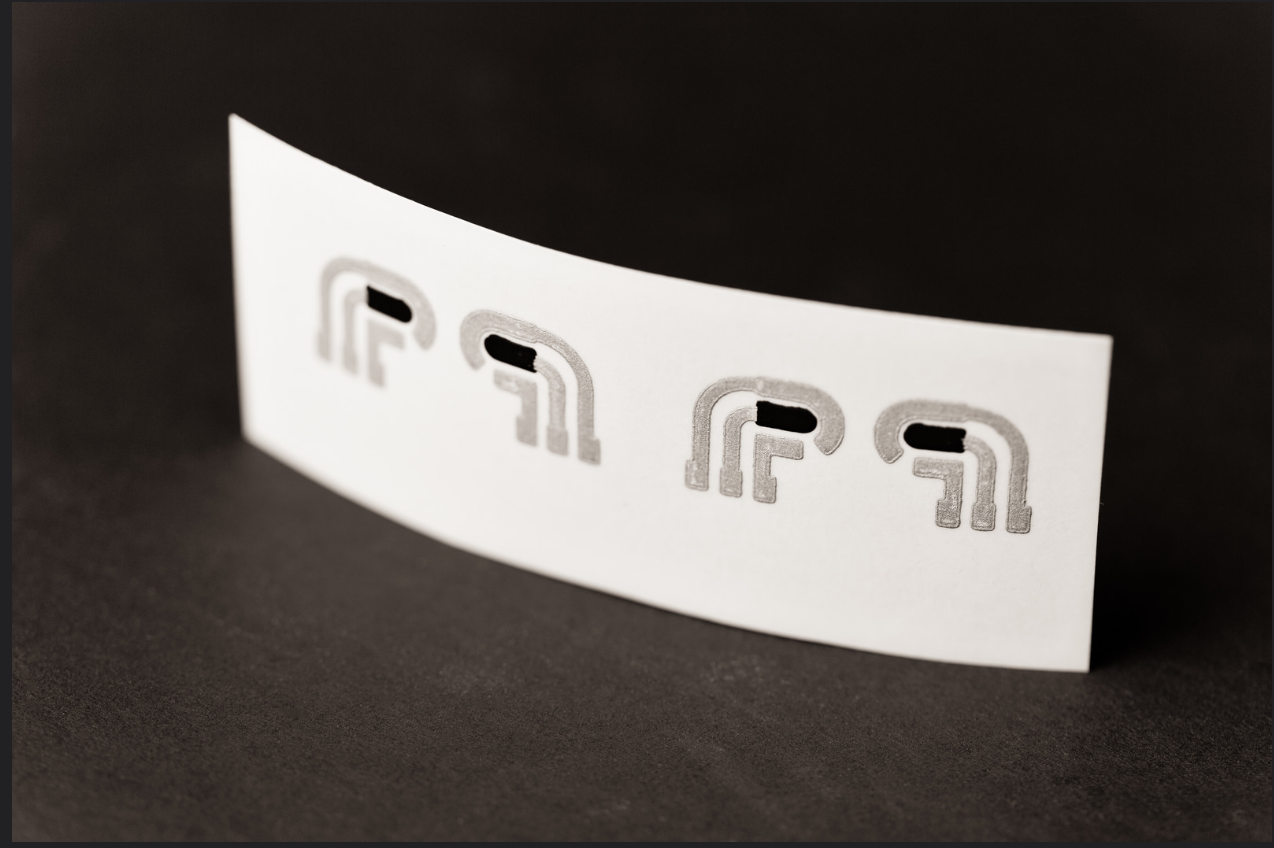
Cheap, noninvasive patch monitors glucose
UCSD’s Joe Wang‘s needless adhesive glucose monitor has begun a phase I clinical trial. The small patch measures insulin levels through sweat on the skin, eliminating the need for a skin prick. The paper – tattoo is printed with two integrated electrodes that apply a small amount of electrical current. Glucose molecules residing below the skin are…
-
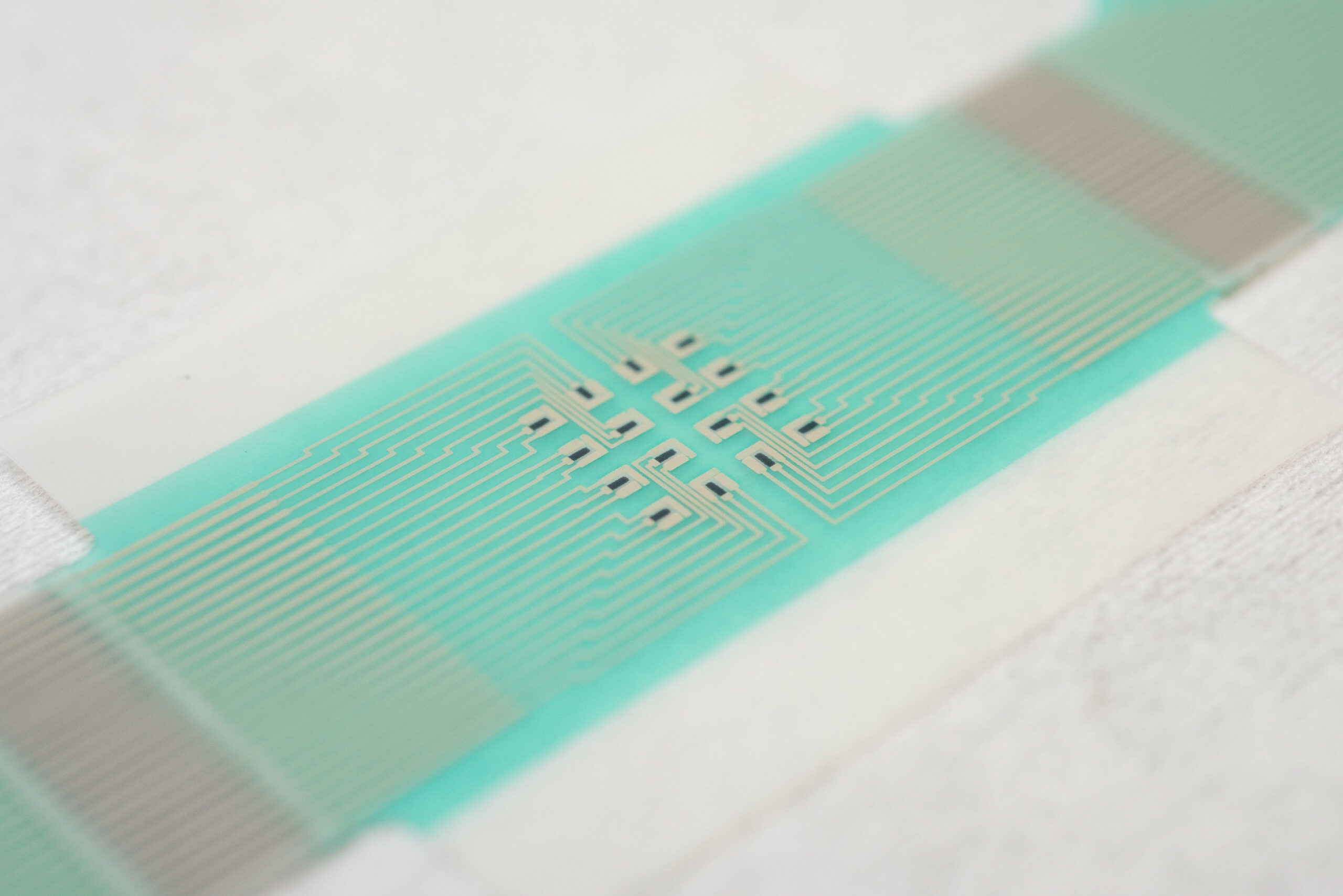
Non-invasive glucose monitoring patch
Richard Guy and University of Bath colleagues have created a non-invasive, adhesive patch, to measure glucose levels through the skin without a finger-prick blood test. The patch draws glucose from fluid between cells across hair follicles, accessed individually via an array of miniature sensors using a small electric current. The glucose collects in tiny reservoirs…
-
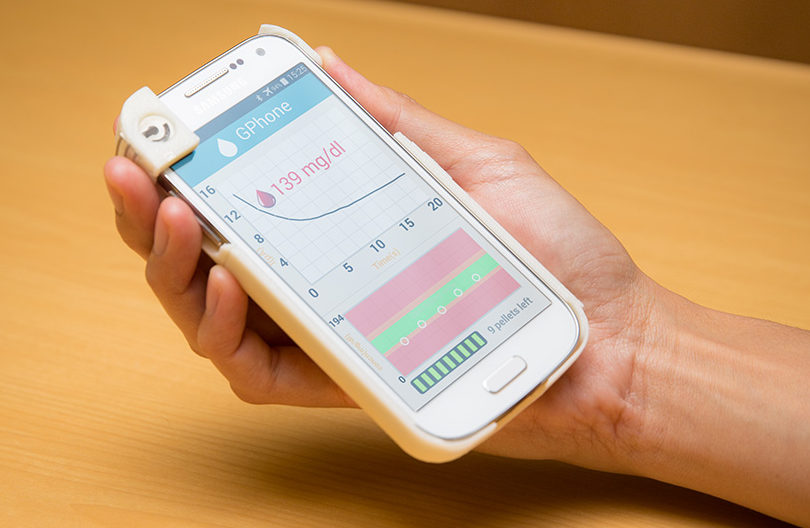
Glucose-monitoring smartphone case
GPhone, developed by UCSD’s Joe Wang and Patrick Mercier, is a smartphone case and accompanying app that records and tracks glucose readings. It is 3D-printed and has a permanent, reusable sensor on its corner. Enzyme pellets magnetically attach to the sensor, and are stored in a 3D stylus on the side. Users dispense a pellet…
-
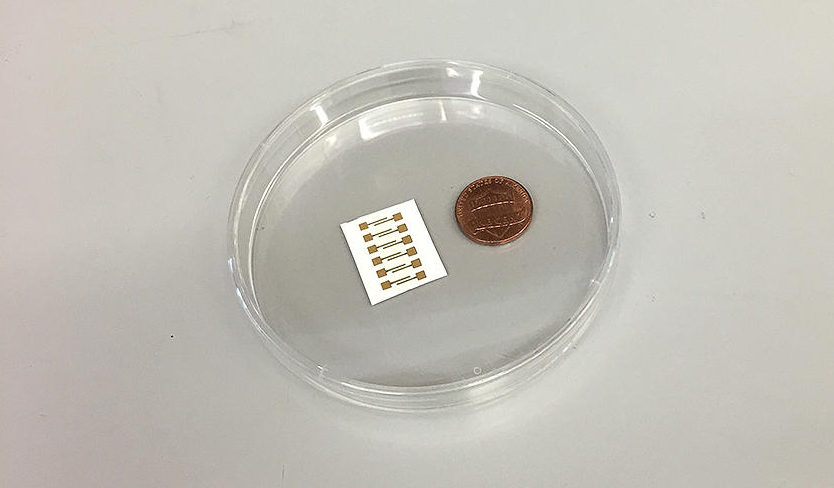
Patch monitors diabetes compounds in sweat for 1 week
University of Texas professor Shalini Prasad has developed an adhesive sensor that measures diabetes-associated compounds in small amounts of sweat. Blood glucose levels, cortisol and interleukin-6 are detected in perspiration for one week with full signal integrity. The device uses ambient sweat, created by the body with out stimulation. The sensor can be placed anywhere…
-
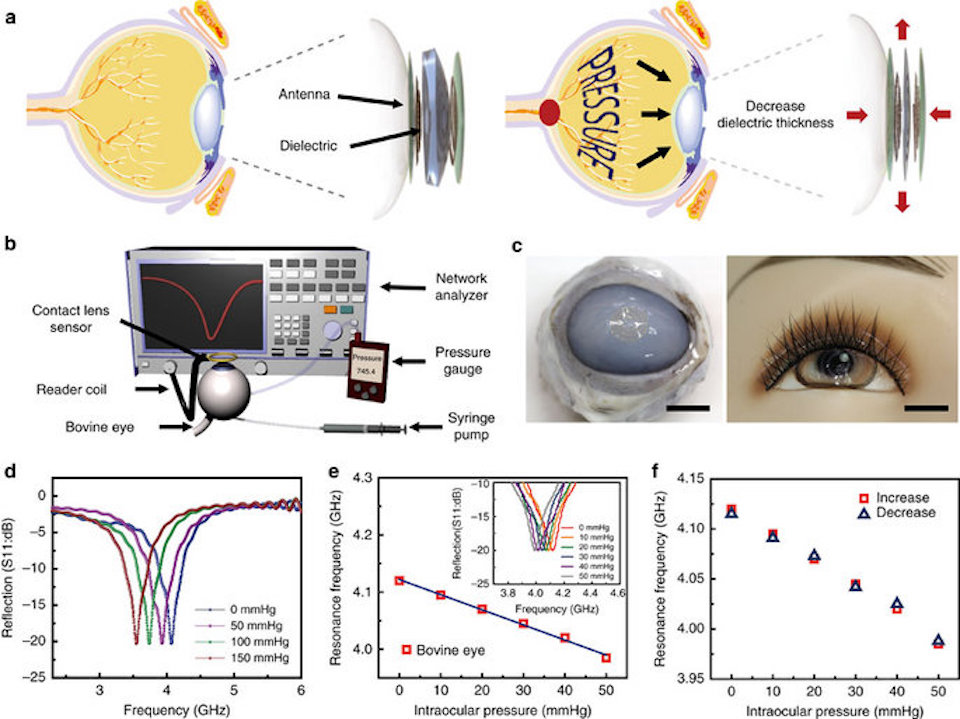
Transparent, stretchable lens sensor for diabetes, glaucoma detection
UNIST professors Jang-Ung Park, Chang Young Lee and Franklin Bien, and KNU professors Hong Kyun Kim and Kwi-Hyun Bae, have developed a contact lens sensor to monitor biomarkers for intraocular pressure, diabetes mellitus, and other health conditions. Several attempts have been made to monitor diabetes via glucose in tears. The challenge has been poor wearability, as the electrodes…
-
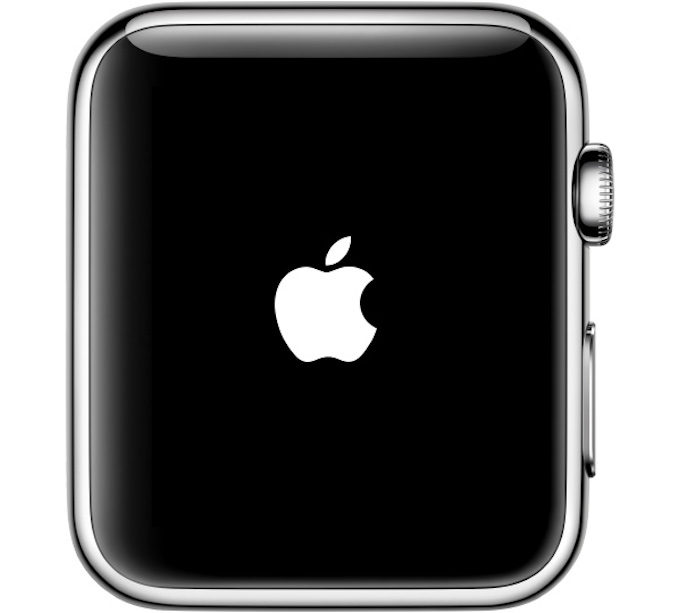
Apple reportedly developing non-invasive glucose monitor
CNBC’s Christina Farr has reported that Apple has been quietly developing a non-invasive, sensor-based glucose monitor. The technology has apparently advanced to the trial stage. Diabetes has become a global epidemic. Continuous monitoring, automatic insulin delivery, and the “artificial pancreas” are significant steps forward, meant to control the disease, and avoid its debilitating side effects.…
-
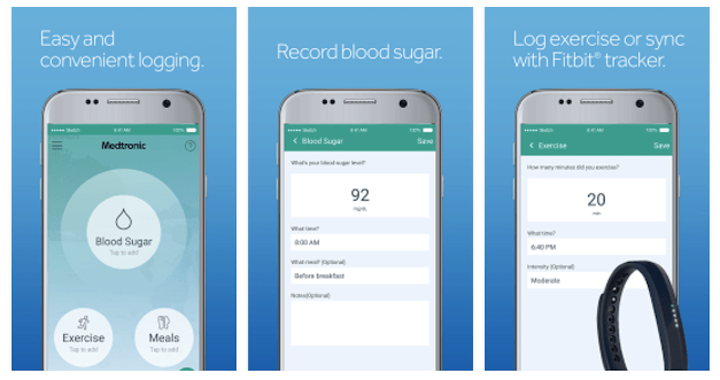
Consumer wearable + medical monitor track exercise’s impact on glucose
Consumer wearables can complement medical devices by integrating activity data into a disease management strategy. Fitbit movement data will now be used with a Medtronic diabetes management tool, with the goal of users predicting the impact of exercise on glucose levels. Diabetics can monitor glucose with Medtronic’s iPro2 system continuously for 6 days. Fitbit data will…
-

Diabetic retinopathy-detecting algorithm for remote diagnosis
Google has developed an algorithm which it claims is capable of detecting diabetic retinopathy in photographs. The goal is to improve the quality and availability of screening for, and early detection of, the common and debilitating condition. Typically, highly trained specialists are required to examine photos, to detect the lesions that indicate bleeding and fluid…